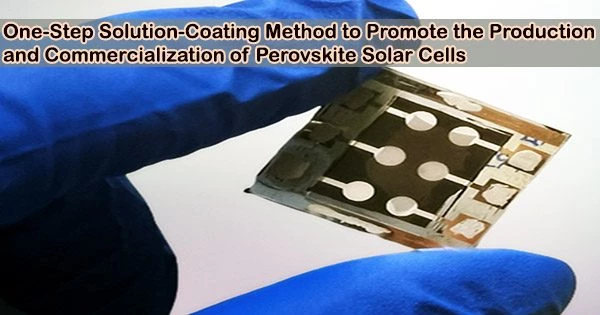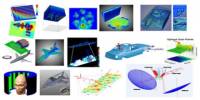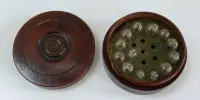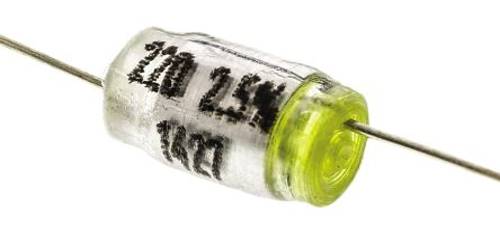Perovskite solar cells are a type of photovoltaic (PV) technology that uses perovskite materials as the active layer to convert sunlight into electricity. With their high efficiency and cheap production costs, perovskite solar cells (PSCs) are seen as a strong contender for next-generation photovoltaic technology that might completely change the renewable energy sector.
The layer-by-layer manufacturing method currently in use, however, poses difficulties that have hampered the commercialization of this technology.
Recently, researchers from City University of Hong Kong (CityU) and the National Renewable Energy Laboratory (NREL) in the US jointly developed an innovative one-step solution-coating approach that simplifies the manufacturing process and lowers the commercialisation barriers for PSCs.
“Reducing the number of device-processing steps without sacrificing device efficiency will help reduce the process complexity and manufacturing cost, which will enhance the manufacturability of PSCs,” explained Dr. Zhu Zonglong, a co-leader of the research and an assistant professor in the Department of Chemistry at CityU.
“We addressed the manufacturing issue with a novel approach to co-process the hole-selective contact and perovskite layer in a single step, resulting in state-of-the-art efficiency of 24.5% and exceptional stability for inverted perovskite solar cells. This helps bring the commercialisation of the technology one step closer,” he said.
By introducing this innovative approach, we hope to contribute to the perovskite research community by proposing a more straightforward method for manufacturing high-performance perovskite solar cells and potentially accelerating the process of bring them to market.
Dr. Zhu Zonglong
PSCs are typically made utilizing a layer-by-layer method that includes successively depositing distinct solar cell layers on top of one another. Although this method has been effective in creating high-performance perovskite solar cells, it has drawbacks that could prevent their commercialization, including higher production costs, uneven uniformity, and poor reproducibility.
To improve the manufacturability of PSCs, Dr. Zhu collaborated with Dr. Joseph M. Luther, from NREL, to jointly invent a new approach for fabricating efficient inverted perovskite solar cells in which the hole-selective contact and perovskite light absorber can spontaneously form in a single solution-coating procedure.
They discovered that when manufacturing perovskite films, certain phosphonic or carboxylic acids can be added to perovskite precursor solutions to cause the solution to self-assemble on the indium tin oxide substrate. While the perovskite crystallizes, they create a sturdy self-assembled monolayer that serves as a good hole-selective contact.
By producing both the hole-selective contact and the perovskite light absorber simultaneously, as opposed to the conventional layer-by-layer method, this single solution-coating strategy not only addresses wettability difficulties but also streamlines the device fabrication process.
With a power conversion efficiency of 24.5%, the newly developed PSC device can maintain more than 90% of its initial efficiency even after 1,200 hours of continuous operation at its maximum power point. Its efficiency is comparable to that of similar PSCs in the market.
The multidisciplinary team also demonstrated that the new strategy works with different self-assembled monolayer molecular systems, perovskite compositions, solvents, and scalable processing processes, such as spin-coating and blade-coating procedures. Additionally, the PSCs created using the new method operate similarly to those created using earlier techniques.
“By introducing this innovative approach, we hope to contribute to the perovskite research community by proposing a more straightforward method for manufacturing high-performance perovskite solar cells and potentially accelerating the process of bring them to market,” said Dr. Zhu.
In order to find the best set of self-assembled monolayer molecules for this method and improve the PSCs’ overall performance, the study team intends to further investigate the connection between self-assembled monolayer molecule architectures and perovskite precursors.
















